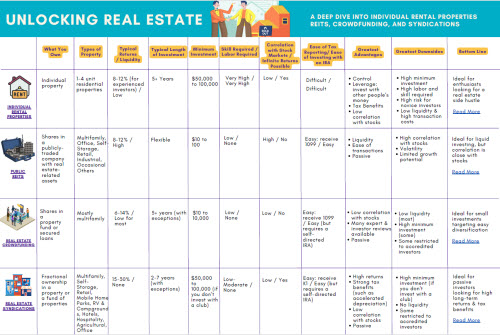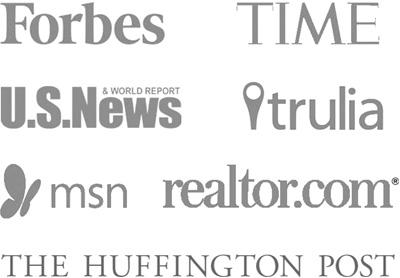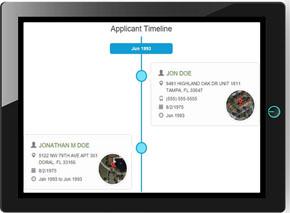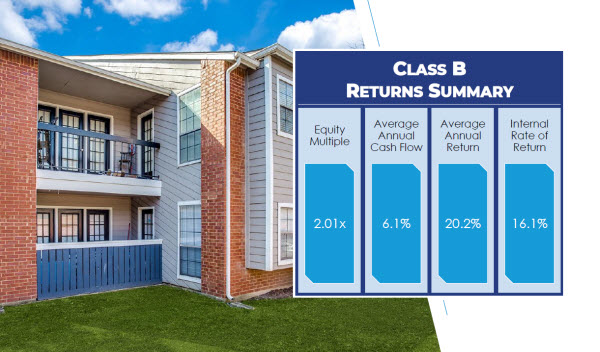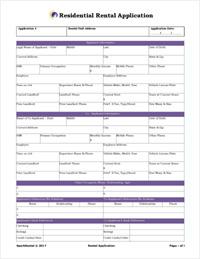At a Glance:
-
-
Cities with low inventory, fewer average days on market, and a higher percentage of listings selling above asking price indicate pent-up demand
-
Don’t expect the same price surge in cities with high insurance premiums and property taxes, even when rates fall
-
I don’t pick and choose markets – I practice dollar cost averaging and invest small amounts every single month
-
First, let me just clarify that the Federal Reserve doesn’t control mortgage rates. They control the Fed Funds Rate, the short-term rate used as a benchmark for banks to lend money to each other.
Mortgage rates are more influenced by Treasury bond yields, which are themselves indirectly influenced by the Fed Funds Rate.
I bring this up because over the next year, we could theoretically see the Fed cut interest rates even if inflation heats up again. When inflation runs hot, bond investors demand higher yields – so mortgage rates remain elevated despite the lower Fed Funds Rate.
“Enough lecturing already, get to the cities!”
All right, all right, here’s what to look at to predict a home price surge if mortgage rates do come down.
Which Cities Could Jump in Home Price
Disclaimer
The information provided on this website is for general informational purposes only and should not be construed as legal, financial, or investment advice.
Always consult a licensed real estate consultant and/or financial advisor about your investment decisions.
Real estate investing involves risks; past performance does not indicate future results. We make no representations or warranties about the accuracy or reliability of the information provided.
Our articles may have affiliate links. If you click on an affiliate link, the affiliate may compensate our website at no cost to you. You can view our Privacy Policy here for more information.

Some cities saw home prices jump beyond what local income fundamentals normally allow. Those are the ones where prices are falling and inventory is stacking up.
In other cities, inventory remains low, and listings don’t last long before going under contract. A higher percentage of listings sell above asking price in these cities, often equaling or even exceeding the percentage that sell below asking.
I recently wrote about this for GoBankingRates, rounding up the following five cities as poised to pop if mortgage rates do fall below 6%:
-
-
Kansas City, MO: Median Home Price: $251,923 | Median Days on Market: 7
-
Spokane, WA: Median Home Price: $404,401 | Median Days on Market: 11
-
Minneapolis, MN: Median Home Price: $337,547 | Median Days on Market: 14
-
Allentown, PA: Median Home Price: $307,836 | Median Days on Market: 7
-
Worcester, MA: Median Home Price: $435,061 | Median Days on Market: 9
-
And here’s a bonus city for good measure: Columbus, OH: Median Home Price: $253,754 | Median Days on Market: 8.
Impact of Insurance & Property Taxes
As you no doubt know by now, homeowners insurance premiums have skyrocketed over the last two years. But that hasn’t happened evenly across the US some markets have seen premiums surge much higher than others.
In particular, the Gulf Coast and the West Coast have seen premiums explode. Why? Because they’ve seen such expensive losses from hurricanes and wildfires.
Areas with impractically high insurance premiums aren’t as likely to see home prices jump up just because rates go down. The reason is simple: high insurance premiums make up a disproportionately large portion of monthly mortgage payments in these areas. So lower interest rates don’t necessarily have the same impact on reducing monthly payments.
The same goes for regions with high property tax rates. Lower interest rates would help reduce monthly principal and interest payments, but exorbitantly high property taxes still keep housing unaffordable.
Want to compare investment property loans?
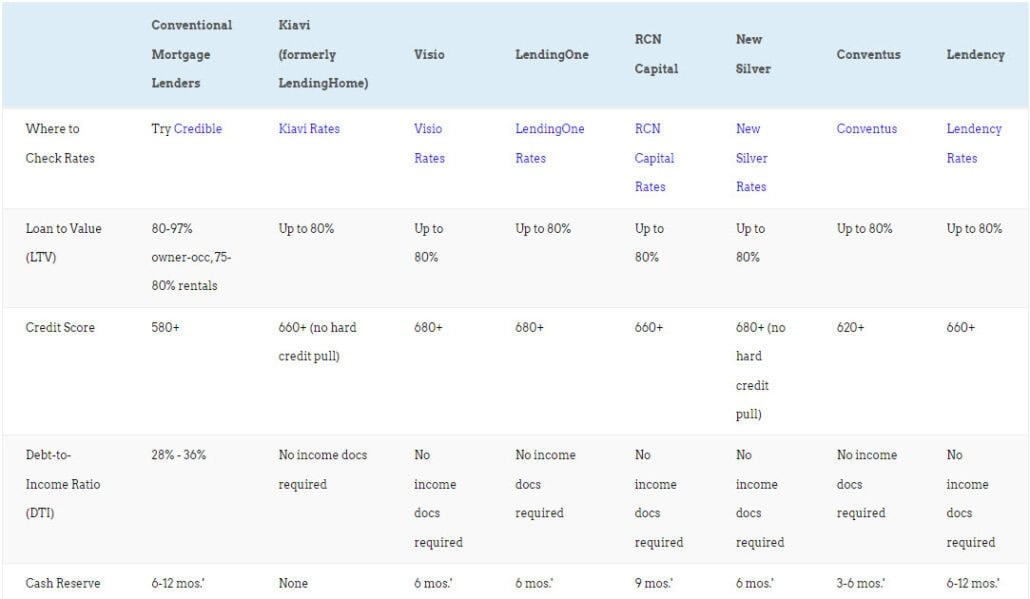
What do lenders charge for a rental property mortgage? What credit scores and down payments do they require?
How about fix-and-flip loans?
We compare the best purchase-rehab lenders and long-term landlord loans on LTV, interest rates, closing costs, income requirements and more.
Does Any of This Affect How I’m Personally Investing?
Not really.
I invest $5,000 every month in a passive real estate investment, going in with other investors in the Co-Investing Club. We meet online with the operator, grill them together with questions, then we discuss the pros and cons after we boot the operator off the call.
We’ve invested in every region of the country, from the Pacific Northwest to the Southeast, from the Midwest to the Sun Belt. We invest in multifamily properties, industrial properties, mobile home parks, raw land.
Some deals are equity investments where we get full tax benefits, cash flow, and appreciation. Others are debt investments where we earn a fixed interest rate on a secured note.
I don’t try to pick the next hot city or asset class. I don’t try to time the market.
I just keep investing, month after month, deal after deal, as a form of dollar cost averaging.
We hope you’ll join us when we get together next week to vet the next Co-Investing Club deal 
In the meantime, stay cool and enjoy the last week or two of summer!





